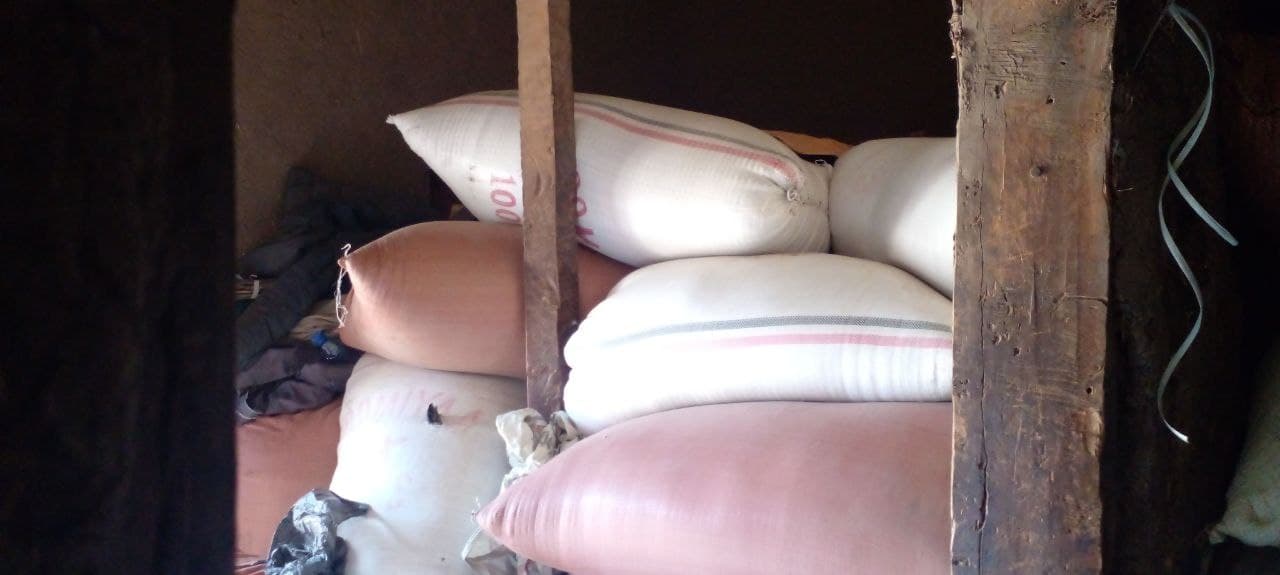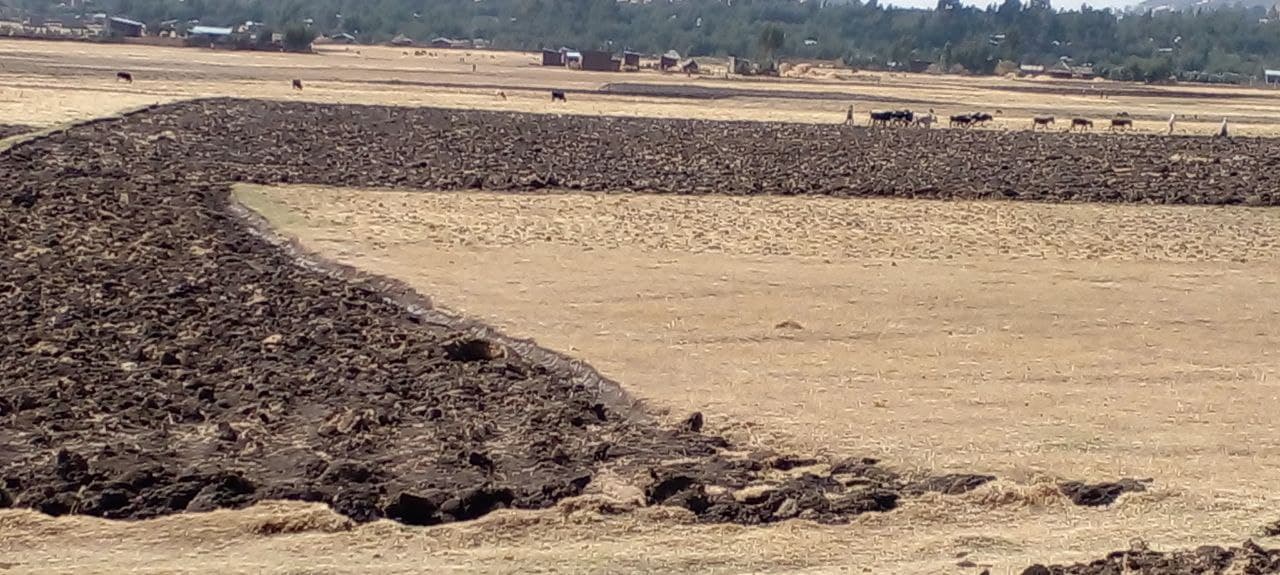It is known that Koma Kara is believed to have a potential for malt barley production and commercialization/marketing. Cognisant to this, there are multiple traders and aggregators who engage in these activities (either farming, marketing, or both). Crop trading has become a source of income for some residents of Koma Kara Kebele and beyond. There are various individuals, both from Koma Kara Kebele and Meraro town, who chiefly engage in this activity, who have been investing a huge amount of money (both their own and borrowed for this purpose), and who massively or scantly contribute to the value chain. Also, the type of crops being traded vary accordingly. Malt barley, pea, bean, sesame, and wheat are largely commercialized.
Source of Seed/Agricultural Produce
As far as crop farming is considered, sources of seed/agricultural produce for this activity are poured from all nearby kebeles/villages and districts. Crops are traded during the weekly markets and some other days. In fact, it is farmers who supply these crops and who generate their income and use it as a source of living, concomitantly. Pitty traders also collect and resell them to other traders.
More exceptionally, there is a farmer named Gosa who brings crops from other towns like Asasa, Dodola, and Kofale (about 110 away from Meraro town).
Modes of Transportation
Crops are transported from farmers’ houses (storage) to villages/cooperative warehouses or to Meraro town by cart, horse, donkeys, and other methods. It all depends on the amount of yield to be traded and the distance to be covered. It could take 10 – 60 minutes or cover between 2-10 Kms. However, traders in the Meraro town stressed that they move their crops to nearby aggregators or chief traders. Aggregators and model traders in turn take it to producers (Asella Malt Factory) using vehicles.
Storage Type
Basically, Farmers largely use their house/domestic warehouse for storage. Storage depends on the amount of yield, meaning, large producers may own their respective separate warehouses or could rent or use traders’ warehouses. However, the majority of traders own their warehouses. They either built them or rent houses for storage purposes.
Reselling and Payment
The majority of Malt barley crops purchased are traded (taken) to producers. Payments for large-scale trading are made using banks. Small-scale and pitty crop trading involves cash transactions.
Trans-village commercialization of malt barley is worth mentioning here. That’s due to the following reasons
✓The indicated traders bring these crops from other kebeles/towns that are far away from the study area
✓Rather than transporting the crop directly to producers that are stationed in Asella, Adama, or Addis Ababa, Mr. Gosa brings the crop to Meraro town and resells them to aggregators/large-scale traders.
✓the variety of malt barley from Koma Kara Kebele is quite different from that of Asasaa, Dodola, or Kofale. There is a propensity to mix up these varieties and deliver them to producers.
✓In a nutshell, malt barley commercialization is not contained in the Koma Kara area/Meraro town alone rather it spans across adjoining villages and towns. Moreover, large-scale crop farming involves trading between towns and/or villages whereby involvement of local traders at varying levels is highly observed in the value chain.


